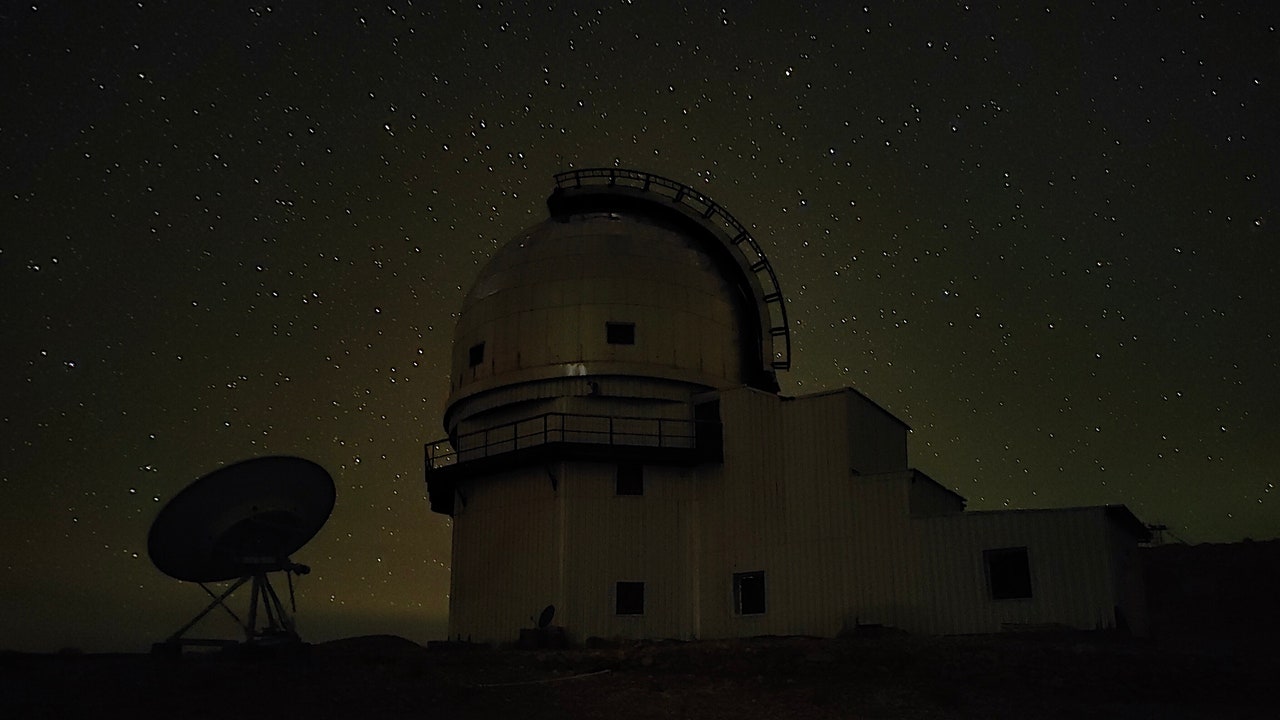[ad_1]
If you’re ready for a spectacular peep into the universe, you may want to put Hanle in Ladakh on your list. The cluster of six hamlets—Bhok, Shado, Punguk, Khuldo, Naga & Tibetan Refugee habitations within the Changthang Wildlife Sanctuary, has just been formally notified as the Hanle Dark Sky Reserve. Effectively, an expanse of 1,073km situated around the Indian Astronomical Observatory is now a sanctuary for darkness, where light is managed so that scientists and astronomy enthusiasts can access the night sky in its purest possible form.
To weed out light pollution at India’s first Dark Sky Reserve, there will be several restrictions on use of light including placing curtains on windows and doors, restricting the use of artificial illumination indoors and on vehicles. For a place to qualify as a dark sky reserve, it has to be accessible for all or most part of the year–and it has to be accessible to the general public.
Why Hanle?
Much before it became a Dark Sky Reserve, Hanle was picked by the Indian Institute of Astrophysics to set up an observatory. “There were various reasons why Hanle was chosen for an astronomical institute. The best reason is that it is very dry and very cold,” says Dorje Angchuk, engineer in-charge of the Indian Astronomical Observatory at Hanle. “If there is any moisture, most of the light gets absorbed by the atmosphere, and very little light from the stars reaches us. Due to the dry atmosphere [at Hanle], the lights coming from far away sources are not attenuated,” says the scientist who has been in Hanle for 25 years.
[ad_2]
